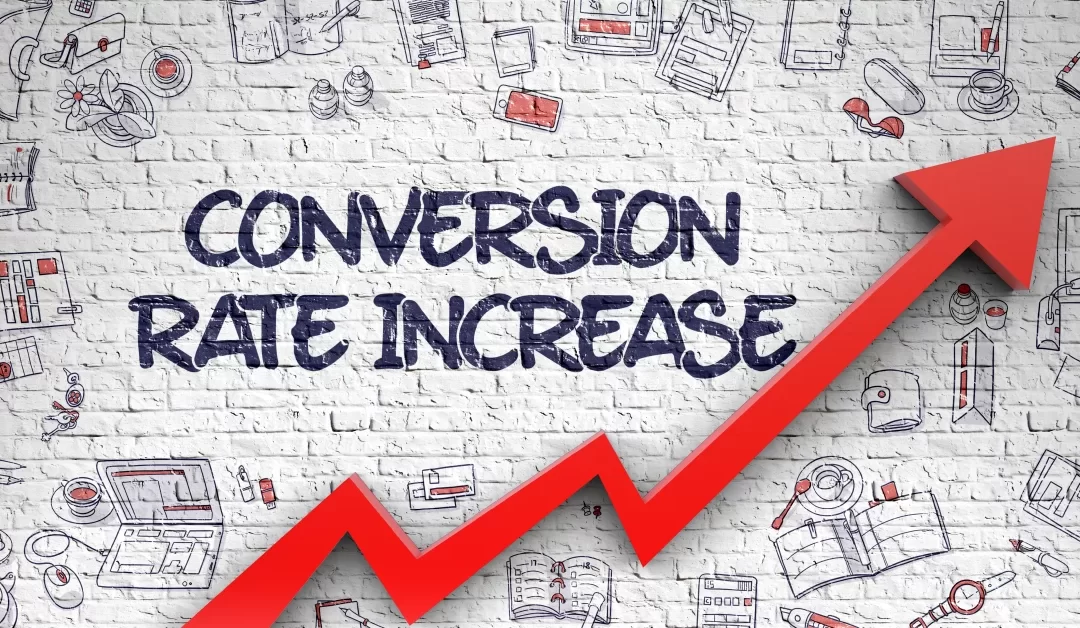A lot of thought and effort goes into good graphic design. People think logos are easy to make because of how simple they look. On the contrary, a lot of skill goes into making something complicated look so simple.
Graphic design is how you encapsulate your brand and messaging into other forms of media. It expands your reach by providing more engaging avenues and more dynamic modes of exposure.
Do it right with these five key components of graphic design. These graphic design elements are dependent and intertwined with each other. Use each feature to reference the next to create a cohesive and memorable design.
1. Space
Every great painting needs a blank canvas. A picture is worth a thousand words. However, don’t try to cram so much in an illustration that it becomes a mishmash of mumbo-jumbo.
You might have a surge of ideas you want to cram into the canvas. However, this can be overwhelming. Ask yourself, “Is it cluttered?” If the answer is yes, find ways to cut down and leave the salient points as the main attraction.
Leave some neutral ground for the eyes to rest. It has a double function as it also directs the user’s eyes to the points you want to emphasize. Blankness is still a visual element and draws attention to the focal points.
Every square inch is valuable real estate. Don’t use every bit of space up in an attempt to be efficient and sacrifice clarity and neatness. Set your key points against an appropriate background and let your piece shine.
Use contrast techniques in the following chapters to adjust elements to best complement your focal points.
2. Shape
Let’s get to the main attraction, shall we? Shapes are the primary visual elements of your design. There are endless shapes at your disposal.
You have your basic geometric shapes, abstract shapes, and natural shapes like leaves and people. From these shapes, you are free to inject your artistic expressions that fit your brand. Derive your stylizations.
Shapes and design depend on the purpose of your piece. Are you making a logo, showcasing products and services, advertising an event?
Create a seamless and cohesive design with an overall theme and matching shapes. Give your audience a taste of what you offer.
Be subtle or forward with your messaging. Display engagement with human figures engaging in your design.
How you size your shapes also impacts what users focus on. Create a forced perspective of large shapes in your field of view contrasted with more minor supporting details. The sky is the limit.
The aspect of shape isn’t restricted to illustrations; apply the same creative brush to your fonts. Choose fonts that are easy on the eyes; check out these poster fonts for added inspiration!
3. Contrast
Think of the shapes against the space as the outline of your piece. Contrast is what brings it to life.
To elaborate on the difference between shapes and contrast, consider a circle. A plain circle still has a texture, albeit a smooth and minimalist one. Do you think a solid outline or a textured pencil outline is more flattering?
Add shadows and dimensions by manipulating colors and values. How saturated or vibrant do you want it? What calls to your audience the most?
Check out the psychological impact of color in marketing as you navigate what makes guests click that purchase button.
Texture pertains to the surface of the objects in your piece. Play with textures to add depth to your creation.
The background and the foreground are stars of the show. How you adjust their textures, colors, and values makes all the difference. Make sure what needs to pop does pop, and what needs to stay lowkey stays neutral.
4. Composition
Reading flows a unidirectional pattern, such as from left to right, then from up to down. Posters and illustrations are not as explicit or intuitive. Images, especially those without words or directional cues like arrows, are often left for the user to decipher.
You can be creative and leave your illustration to interpretation. However, work to create interpretations that fit your message and branding.
Direct the flow with how you arrange the shapes against the background. Tweak the alignment, the sizes, and the order of your elements. Ask yourself, “How will a guest’s eyes read this?”
It’s easier for you as the person envisioning the design to see the flow from one element to another. You may need a fresh pair of eyes for honest feedback from someone without bias.
Position each component of the design relative to the other shapes and textures in the scene you’re painting.
5. Branding
Repetition is crucial for branding. You want to be memorable. An excellent way to do this is to take advantage of repeating elements in your illustration.
Involve signature colors of your brand into the design. If you have a logo, sneak in parts like shapes, colors, and texture. Then, transform them into new elements to use in your designs.
The point is to stick into your audience’s subconscious. If you have written content, make it as concise as possible. Graphic design is all about condensing paragraphs of visions and missions into something short and sweet.
A good graphic design captures all the salient points of the brand. It transforms the brand into something a customer gleans over and understands.
Keep your credibility intact by rechecking spelling and grammar. Nothing ruins a good ad campaign like an unintentional misspelling. Choose a graphic designer with expertise in these five elements, and you’re all set for marketing, online or offline.
Master the Elements of Good Graphic Design to Elevate Your Output
Good graphic design involves a balance of background and subject. Optimize the space to draw attention to your main messages, and adjust your contrast to bring life to your picture. Make your design understandable, facilitate the flow, and emphasize your branding.
Thank you for reading our article! Evolve your content creation and media techniques as the world advances. Contact us today to hire a graphic designer.


















